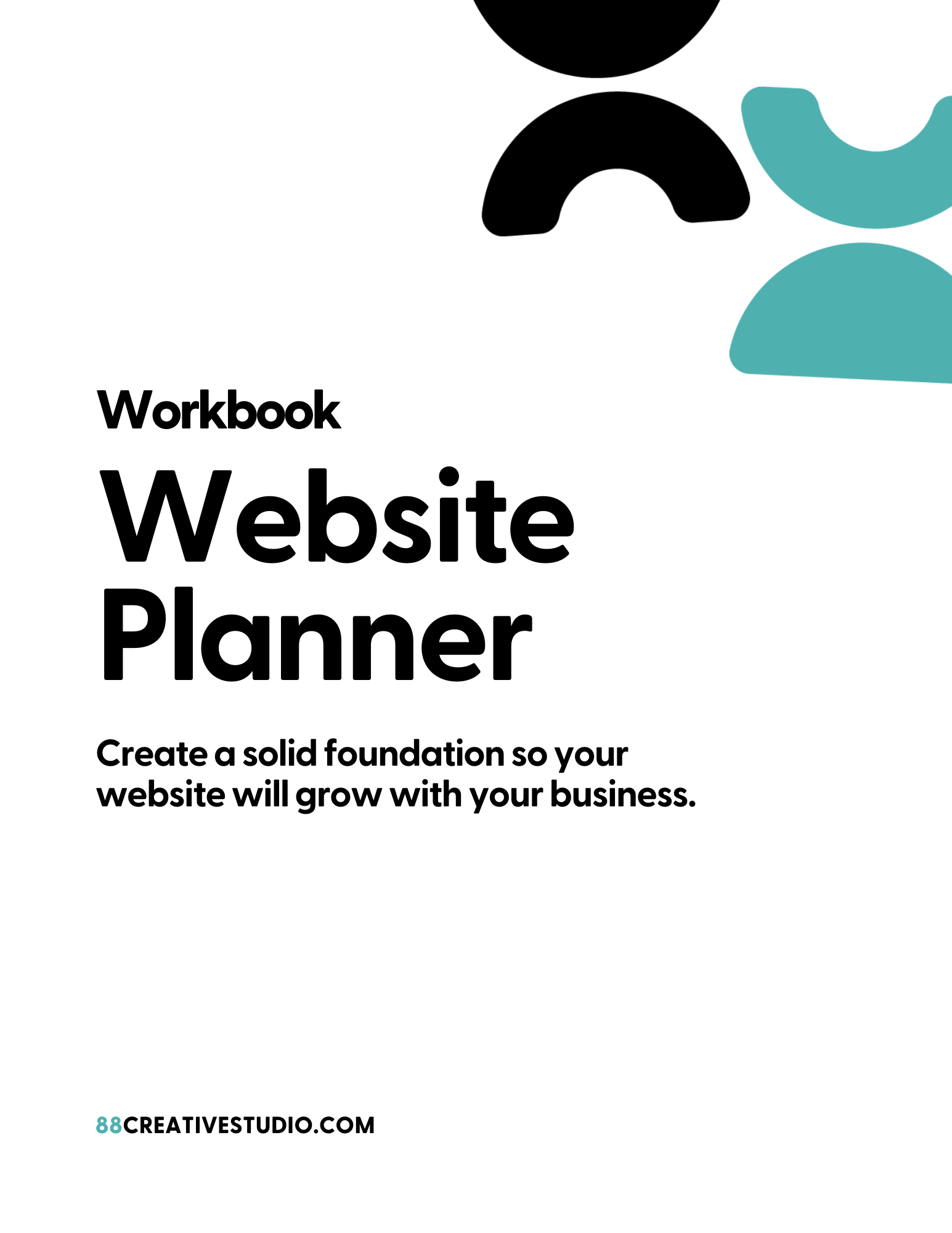Summary
A plugin is a little piece of software that you add to your WordPress site to add new features. They can be free or paid, large or small.
When you’re thinking about adding a new plugin, make sure you verify:
- The plugin author: Though not always a dealbreaker, it’s often safer to use plugins from teams of people or companies rather than a single author.
- How often the plugin is updated: 2-4 months is about as long as you want to go. Well-updated plugins are usually updated every 3-4 weeks.
- Plugin reviews: Does the plugin have a good rating? Do WordPress experts recommend it?
- Plugin documentation: How good are the help articles? Are there video or YouTube tutorials?
Don’t forget to update your plugins regularly! I don’t update too many at once or you could crash your site. Update 1-3 at a time, and update big, feature-packed plugins one at a time.
What’s a plugin?
On its own, a brand new install of WordPress is very basic. Even though you can technically run a blog with WordPress by itself, it’s never enough on its own to run a website that will fit your business’s needs. Even if you used one of WordPress.org’s free themes and were only running a simple blog, you’d want plugins to help you with SEO, email newsletter signups, perhaps a form for your customers to get in touch with you.
A plugin is a little piece of software that you add to your WordPress site to add new features. Plugins can be free or paid, large or small.
Finding plugins is fairly easy, though perhaps overwhelming due to the number of choices you’ll come across. To get the list of my favorite plugins for everything from SEO and email marketing to forms and eCommerce, be sure to check out my WordPress Blueprint—a guide to all the tools you need to DIY your WordPress website.
When you go looking for a plugin to help with with a particular feature, there are some questions you should keep in mind:
Who is the plugin author?
If the plugin is “lightweight,” meaning it does something really simple, then this doesn’t matter so much. But if the plugin is doing something more complicated, then do some research to find out if the plugin author is a company (more than one person.) You want them to provide good support for the plugin, and this almost always means that you want a team to author the plugin.
How often is the plugin updated?
Updates are important because WordPress is also coming out with improvements, bug fixes, and patches to fix emerging security threats. (Hackers always tryna’ hack.) Plugins should dothe same, as well as keep up with what WordPress is releasing so that the plugin remains compatible with the latest version of WordPress.
Look at the last date the plugin was updated to get a sense of how maintained the plugin is. Two-four months is about as long as you want to go. Well-updated plugins are usually updated every 3-4 weeks.
Look at plugin reviews and expert recommendations
Don’t spring for the first plugin you see when you search “popup plugin” in Google before you take a look at what other users or experts are saying. Search for “<insert plugin name>” + “reviews.” To make sure they are unbiased, look for reviews that are NOT on the company’s website.
Make sure there is good documentation
When you are building or maintaining a website, it is crucial to have help. Every good piece of software should have resources to help you set up, use, and troubleshoot your plugin. If your plugin author doesn’t have this information easily accessible on their website, look for another plugin. You’ll find it by looking for something like “Documentation,” “Knowledge Base,” or “Help Library.”
How do Plugins Work?
The way a plugin works depends on how it was built. The best plugins will feel right at home in WordPress. That is to say, they will be intuitive to use if you’re already familiar with how WordPress works. If you have a smartphone, consider how your phone is pretty simple by itself, but all the apps, made by many different companies, use a fairly similar approach to their design. The branding will be different, but the actual function is familiar.
After you install a plugin, you may get a helpful alert with some next steps on setting up your new plugin. If not, you might want to head over to the plugin’s website and find their docs to help you get started.
Don’t forget to update your plugins regularly!
Because you’re choosing plugins that are updated regularly by their developers, you want to make sure those updates happen on your website. There is an “Updates” area in WordPress where you can manage this.
But we warned: Don’t update too many at once or you could crash your site. (That happens a lot to beginners—don’t do it!) Update 1-3 plugins at a time. If you have big, feature-packed plugins, update those one at a time. If your website does crash, hopefully you picked a host like Flywheel that has daily backups with 1-click restore!

